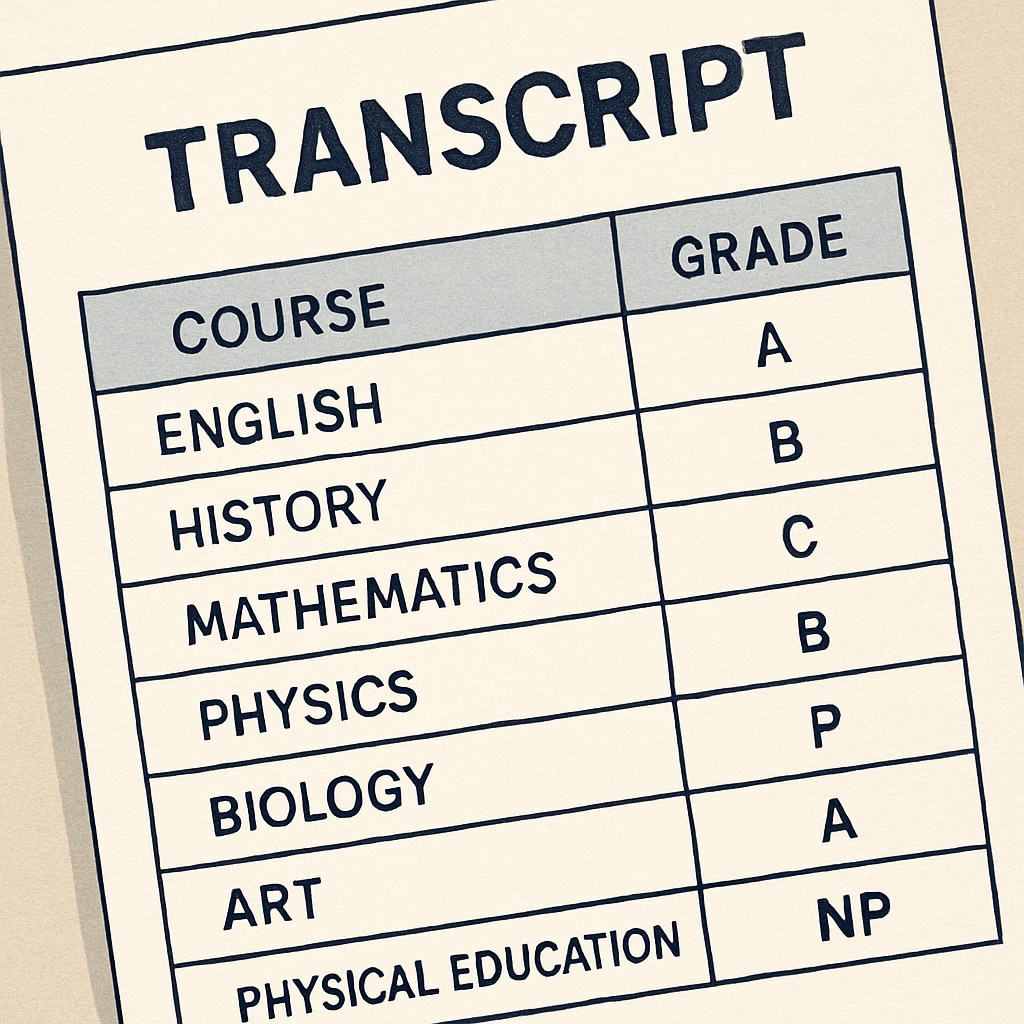For college students, the decision between maintaining a high GPA and opting for the P/NP (Pass/No Pass) grading system often becomes a strategic balancing act. This choice can significantly impact academic records and future career prospects, requiring careful consideration of both immediate and long-term goals. With the growing emphasis on academic performance and its implications for employment or graduate school admissions, understanding when and how to leverage these grading options is essential.

Understanding GPA and P/NP Grading
Before navigating this decision, it’s essential to understand the mechanics of GPA (Grade Point Average) and P/NP grading. GPA reflects the weighted average of a student’s grades and is often a critical measure of academic success. Employers and graduate programs frequently use GPA as a benchmark for evaluating candidates. On the other hand, the P/NP grading system allows students to pass a course without the grade impacting their GPA. While this option can alleviate stress and encourage exploration, it also requires careful consideration of its implications.
For example, choosing P/NP may help students focus on challenging courses without risking their GPA. However, some graduate programs or employers may view excessive use of P/NP grades unfavorably, interpreting it as a lack of commitment to academic rigor. Therefore, students must weigh the benefits and drawbacks of each grading system in light of their individual goals.

When to Choose P/NP Grading
Opting for P/NP grading can be a strategic decision under specific circumstances. Here are key situations where P/NP may be advantageous:
- Exploring new subjects: Students may choose P/NP for elective courses outside their major, allowing them to test new academic interests without the pressure of grade performance.
- Managing workload: When faced with an overwhelming semester, P/NP can reduce stress and ensure focus on core courses.
- Protecting GPA: For courses known to be exceptionally difficult, P/NP can prevent a lower grade from negatively impacting overall GPA.
However, it’s important to consult academic advisors and carefully review institutional policies. Some universities place limits on the number of P/NP courses or restrict their use for major requirements.
Impact on Career and Graduate School Applications
The decision to use P/NP grading can have far-reaching consequences for career prospects and graduate school admissions. Many employers prioritize GPA when evaluating candidates, especially for competitive entry-level positions. Similarly, graduate programs may scrutinize transcripts for patterns that indicate academic rigor or a willingness to take on challenges.
While a few P/NP grades may not raise concerns, frequent use could signal a lack of confidence or effort. Therefore, students should strategically limit the use of P/NP grading and ensure their transcript reflects a balance of strong performance and intellectual curiosity.
As a result, students must consider their long-term goals before choosing this option. For example, if applying to STEM (Science, Technology, Engineering, and Math) graduate programs, strong letter grades in relevant courses will likely carry more weight than P/NP marks.
Practical Tips to Navigate GPA and P/NP Choices
To make informed decisions about GPA and P/NP grading, students can follow these practical tips:
- Evaluate your priorities: Clearly define whether academic exploration, maintaining a high GPA, or reducing stress is your primary goal.
- Consult advisors: Seek advice from academic or career advisors to understand the implications of grading choices on your specific career or graduate school plans.
- Review policies: Familiarize yourself with your institution’s rules regarding P/NP grades, including eligibility and limitations.
- Limit usage: Use P/NP grading sparingly to avoid raising concerns about your academic commitment.
- Balance risk and reward: For difficult courses, weigh the benefits of P/NP against the potential for a lower GPA impact.
Ultimately, strategic decision-making requires students to consider their strengths, interests, and aspirations. By carefully navigating this grading choice, students can maximize their academic success while maintaining flexibility for future opportunities.
Readability guidance: Use simple language to ensure clarity, break content into short paragraphs, and incorporate lists for better accessibility. Employ transitions such as “however,” “therefore,” and “as a result” to improve flow.


